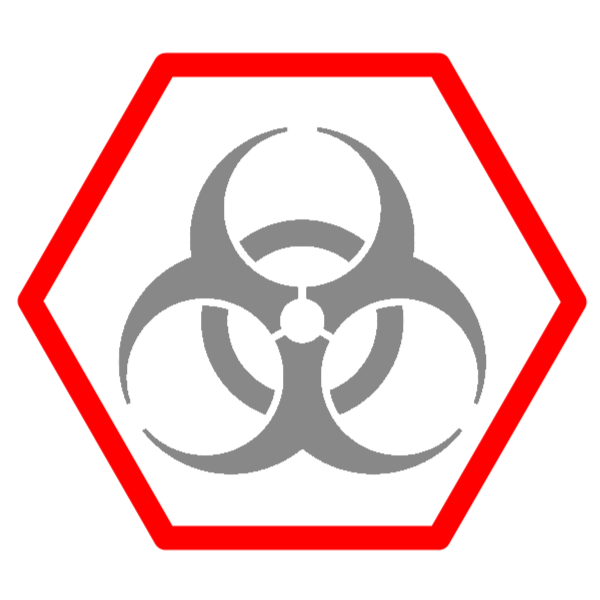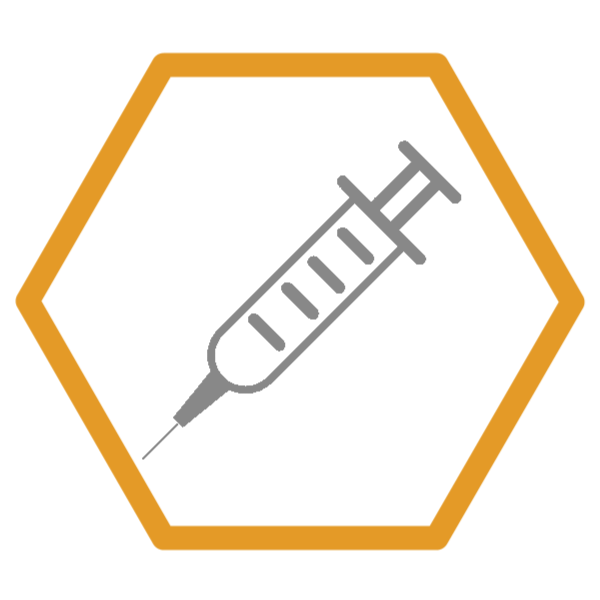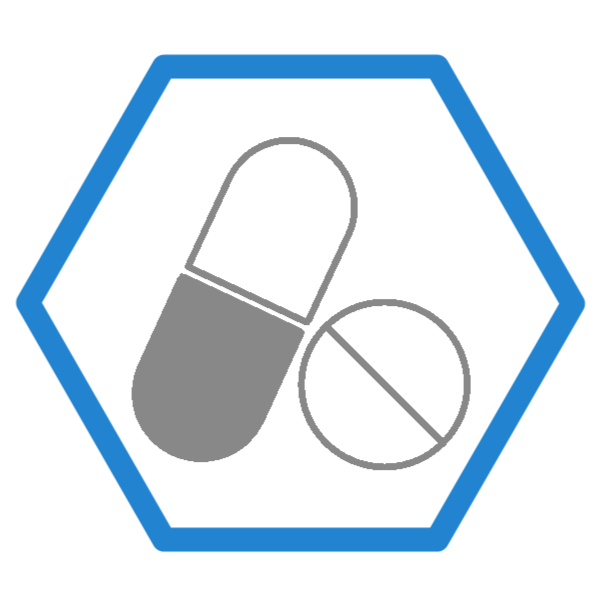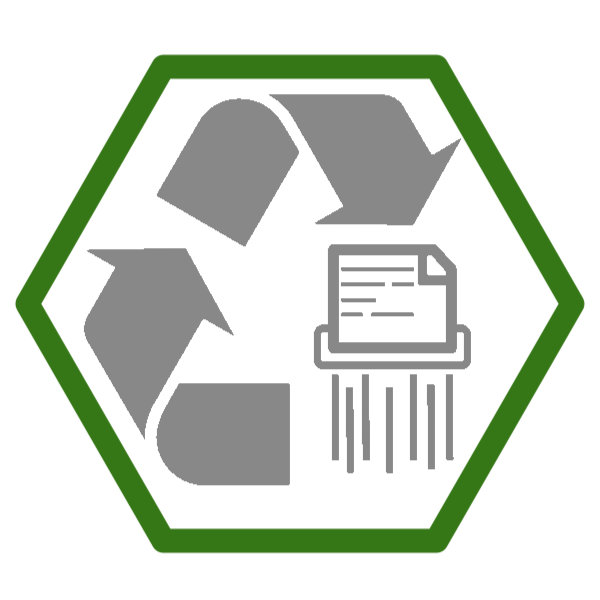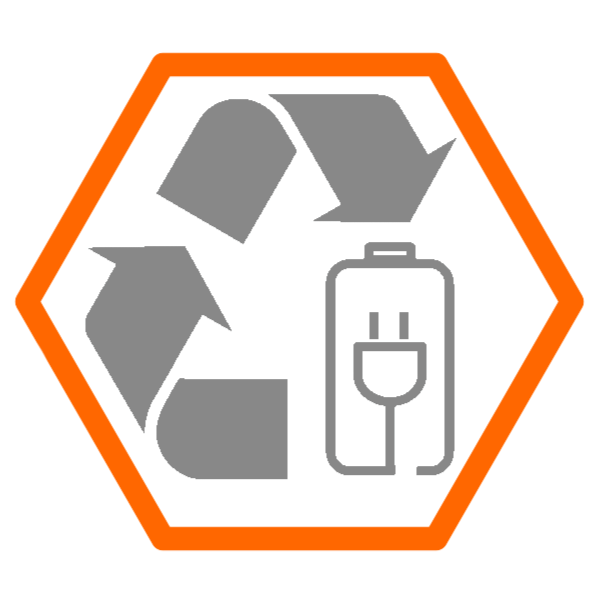Guide to Alabama Medical Waste Rules and Regulations

Definition of Medical/Infectious Waste
The term medical/infectious waste is defined as:
-
Cultures and stocks of infectious agents and associated biologicals.
-
Human pathological waste.
-
Human blood and blood products including:
-
Liquid waste human blood;
-
Products of blood;
-
Items saturated and/or dripping with human blood; or
-
Items that were saturated and/or dripping with human blood that are now caked with dried human blood.
-
Sharps that have been used in animal or human patient care or treatment or in medical, research, or industrial laboratories, including hypodermic needles, syringes (with or without the attached needle), Pasteur pipettes, scalpel blades, blood vials, needles with attached tubing, and culture dishes (regardless of presence of infectious agents). Also included are other types of broken or unbroken glassware that were in contact with infectious agents, such as used slides and cover slips.
-
Animal waste including contaminated animal carcasses, body parts, and bedding of animals that were known to have been exposed to infectious agents during research (including research in veterinary hospitals), production of biologicals or testing of pharmaceuticals.
-
Isolation wastes including biological waste and discarded materials contaminated with blood, excretions, exudates, or secretions from humans who are isolated to protect others from certain highly communicable diseases, or isolated animals known to be infected with highly communicable diseases.
-
Unused sharps including the following unused, discarded sharps: hypodermic needles, suture needles, syringes, and scalpel blades.
The definition of medical/infectious waste does not include hazardous waste; household waste; ash from incineration of medical/infectious waste, once the incineration process has been completed; human corpses, remains, and anatomical parts that are intended for interment or cremation; and domestic sewage materials.
Notification and Medical Waste Plan Preparation
Prior to initiating any waste generation, treatment, transportation or disposal activity a healthcare facility that will generate medical waste must notify the Department and prepare a written plan to ensure proper management of medical waste. This plan must be maintained and updated as necessary and made available to the Alabama Department of Environmental Management upon request. This plan must address the following, if applicable to the generators:
-
The type of medical waste generated;
-
Proper segregation, packaging and labeling procedures of untreated medical waste intended for off-site transportation;
-
Treatment method to be utilized on-site;
-
Transporter of any untreated medical waste transported off-site;
-
Storage facilities utilized both on-site and off-site;
-
All treatment/processing facilities utilized;
-
All disposal facilities utilized;
-
Frequency medical waste is removed off-site from medical waste generator’s facility; and
-
Training of employees
On-site Medical Waste Management
Packaging and Labeling. Medical waste intended for transport to off-site disposal must be packaged and maintained in the following manner:
-
The outermost layer of packaging for medical waste must be packaged in containers which have either a red background color or utilize red lettering with contrasting background color and conspicuously labeled with either the words “Infectious” or “Medical Waste” or “Biohazardous” and/or contain the International Biological Hazard Symbol.
-
The wording must be either printed on the container or securely attached by label on two or more sides. The wording must utilize letters two inches or larger in size, and the International Biological Hazard Symbol, must be six inches or larger in diameter. The wording and symbol, if utilized, must be in a contrasting color to the background color.
-
The ink utilized must be indelible and considered permanent when exposed to the environment under normal weather conditions.
-
Containers must be impermeable to moisture and must have a strength which prevents ripping, tearing, or bursting under normal conditions of use.
-
Sharps must be placed directly into leak proof, rigid, puncture-resistant containers and sealed to prevent loss of contents under normal handling procedures. These containers must be clearly labeled as described in (1) above unless placed in rigid shipping containers that meet this requirement.
-
Small containers may used to collect untreated medical waste placed inside larger containers to better facilitate storage, transportation, or disposal provided that they meet certain requirements.
-
The outermost layer of packaging must be properly identified with the following information. This information must be securely attached or permanently printed and must be clearly legible. Indelible ink must be used to print the information on the label or container.
-
The name and address;
-
The date the waste was packaged in its outermost container;
-
One of the following words or phrases used in conjunction with the International Biological Hazard Symbol: “Medical Waste” or “Biohazardous” or “Infectious.”
-
Containers of medical waste must remain intact without signs of leakage until treatment.
-
Containers of medical waste must be handled in a manner that does not affect the integrity of the packaging.
-
Disposable single use containers used for the storage and transportation of untreated medical waste must be rigid, leak resistant, puncture resistant, burst resistant, and tear resistant under normal conditions of handling and use. Reusable containers must meet these same requirements in addition to being constructed of smooth, easily cleanable, impermeable materials and resistant to corrosion.
-
Containers utilized for collection, storage and transportation must be constructed of materials that are compatible with the treatment method to be utilized.
-
The collection of treated medical waste intended for transport off-site must comply with the following requirements:
-
The containers must not be red in color, or display the International Biological Hazard Symbol or display one of the following phrases: “Medical Waste”; “Infectious” or “Infectious Waste”; or “Bio Hazardous”.
-
Any other identification normally used to indicate medical waste as being untreated.
Storage of Untreated Waste.
The following rules apply to the storage of untreated medical waste. Note that storage begins after a shipping container is prepared for shipment to a storage or treatment facility.
-
Storage facilities must be fully enclosed.
-
Designated storage facilities must not be utilized for other purposes.
-
Surfaces of storage facilities which may come into contact with medical waste must be constructed of smooth, easily cleanable materials that are impervious to liquids.
-
Storage facilities must be conspicuously identified with signs which contain either the phrase “Medical Waste,” “Infectious Waste,” “Biohazardous,” or display the International Biological Hazard Symbol.
-
Storage facilities must be adequately secured to prevent entry of unauthorized persons.
-
Storage facilities must be operated in such a manner to minimize entry by rodents and vectors.
-
The operation of storage facilities must minimize or prevent objectionable odors as determined by the Department from migrating off-site.
-
Persons manually handling untreated medical waste at the storage facility must wear impermeable gloves and protective clothing to minimize exposure.
-
Storage of medical waste by the generator must not exceed seven calendar days from the date initial storage begins unless waste is refrigerated at a temperature less than 45 degrees Fahrenheit. This requirement does not apply to generators who generate less than 220 pounds per month of medical waste.
Storage of Treated Waste
The following rules apply to the storage of treated medical waste.
-
Containerized treated medical waste may be mixed with other solid waste for storage prior to transportation to an approved disposal facility.
-
When written certification is required on a per load basis, storage facilities must provide transporters the certification, provided by the person who treated the waste, to be delivered to the permittee or his designee of the disposal facility utilized.
Treatment of Medical Waste
Medical waste intended for transport to a solid waste disposal facility must be treated on-site or at some alternative location prior to disposal. When written certification is required by the Department or the permittee of the disposal facility to be utilized on a per load basis, the person treating the medical waste must provide the transporter the certification. The certification must state that all regulated medical waste has been treated prior to placing the waste in a designated location for transport to an approved disposal facility. When written certification is required on a less frequent basis as noted above, the responsible person for the treatment facility must provide the certification to the permittee or his designee of the disposal facility to be utilized. The following rules apply to specific types of treatment.
-
Incinerators. Persons owning or operating an incinerator (combustion unit) must comply with the requirements of the Department’s regulations regarding air pollution control.
-
Steam Sterilizers. Medical waste may be treated by steam sterilizers (autoclaves) provided the following requirements are met:
-
Medical waste containing hazardous chemicals, or radioactive waste must not be approved for this method of treatment.
-
Certain medical waste, including sharps and recognizable human tissue, organs, body parts, and infected animals, must be further processed after the steam sterilization process.
-
Steam sterilizers should be equipped to continuously monitor and record temperature and pressure during the entire length of each cycle. Sterilizers not so equipped must affix a temperature sensitive tape to each bag or container or obtain approval from the Department of an equivalent test.
-
Each bag or container must be exposed to a minimum temperature of 250 degrees Fahrenheit and at least 15 pounds of pressure for 30 minutes. Processing requirements may be altered if proper decontamination is assured by appropriate testing, and approval is received from the Department.
-
Each sterilizer must be evaluated for effectiveness under full loading by an approved method at least once for each 40 hours of combined operation. Biological indicators such as spores of “Bacillus stearothemophilus” may be utilized with Departmental approval.
-
A written log or other means of documentation as approved by the Department must be maintained for each steam sterilization unit.
-
Sterilizers utilized for waste treatment must not be utilized for sterilization of equipment, food, or other related items.
-
Other Treatment Methods. Other treatment methods may be approved by the Department which are consistent with the intent of this Division. A person must make a request in writing for approval of an alternative treatment method.
-
Disposal by Sanitary Sewer. Medical waste, such as liquids which are amenable to disposal by sanitary sewer, may be discharged subject to the following conditions:Sanitary sewer system must provide secondary treatment;
-
Solid and liquid waste removed from systems which do not provide secondary treatment (e.g., holding tanks) must be further processed in a sanitary sewer system that provides secondary treatment. Prior approval for sewer systems not regulated by the Water Division of the Department must be obtained from the Local Health Officer.
-
Sanitary sewer system must be operated in such a manner that medical waste will not bypass the treatment facility during normal operating conditions.
Disposal of Untreated Waste
Medical waste must be treated on-site at the point of generation or off-site at an approved treatment facility prior to delivery to a solid waste disposal facility.
Disposal of Treated Waste
All treated medical waste intended for disposal in a sanitary landfill must be disposed of in an approved facility. Requirements for disposal in an approved solid waste disposal facility is as follows:
-
Medical waste containing liquids must be further processed to eliminate free liquids and further reduce the liquid consistency to the point where the waste would be considered bladeable by disposal facility personnel.
-
Written certification to the effect that medical waste has been properly treated must be provided to the permittee or his designee. The minimum frequency for providing this certification must be annually. The treater must be responsible for providing this certification. The permittee or the Department may require more frequent certification.

Step 1

-
Prior to use, line the regulated medical waste (RMW) container with an approved ASTM-rated red bag liner.
-
Label each RED bag that lines the container with your facility's name, address, and phone number.
-
Begin to fill the container with Sharps containers and Biohazard Bags.
PRO TIP: Do not overfill the container so that the lid will still fit.
Prepare the Container
Step 2

-
Place secured sharps containers and tied red bag medical waste into the lined regulated medical waste (RMW) transport container in an upright position. Ensure that no needles spill out during this process.
-
NO Loose Sharps can be placed into this container.
-
NO PHARMACEUTICALS can be placed into this container.
-
PRO TIP: Both sharps containers and biohazard bags are commingled into Regulated Medical Waste (RMW) containers for disposal.
Fill the Container
Step 3

-
On or before your scheduled service, Bring the tops of the bag together without touching the contents. Twist the top of the bag to form a rope.
-
Seal the Bag: Use one of two methods:
-
Overhand Knot: Make a loop with the rope and pull the end through the hole, tightening both ends.
-
Gooseneck Method: Fold the rope end over itself and seal it with plastic zip ties or duct tape.
-
Secure the RED Waste Bag
Step 4

-
Seal the container by placing the lid firmly on the top.
-
On your scheduled service day, we will perform a one for one exchange of your onsite regulated medical waste (RMW) container and deliver any pre ordered products (sharps containers, biohazard bags, etc).
-
Any waste that does not make it into the medical waste container prior to our arrival may be placed into the new container for pickup on your next scheduled service day.
Secure the Transport Container
How to Package Medical Waste
Price Lock Guarantee
We understand the importance of predictability when it comes to your finances. That is why we offer a price lock guarantee for our services. No increases for the duration of your service agreement.
No Hidden Fees
We understand the importance of transparency and strive to provide our customers with a clear and hassle-free experience. All fees are clearly stated upfront so that their are no surprises.
Low Disposal Cost
By streamlining our processes, leveraging advanced routing and disposal technologies, we have successfully reduced the costs associated with disposal. You can confidently choose our services.
Locally Owned
When you choose to support our locally owned business, you can trust that you are making a positive impact on your community, as your patronage directly supports local jobs, services, and initiatives.
Veteran Owned
We are honored to be a veteran-owned business, founded and operated by individuals who have proudly served in the military. Our commitment to excellence, integrity, and service is deeply rooted in our military experience.
Total Compliance
By emphasizing total compliance, we aim to build trust with our stakeholders, protect our reputation, and contribute to a fair and sustainable business environment.

